Home>Ideas and Tips>How To Choose The Right Paint Colors For A North-Facing Room
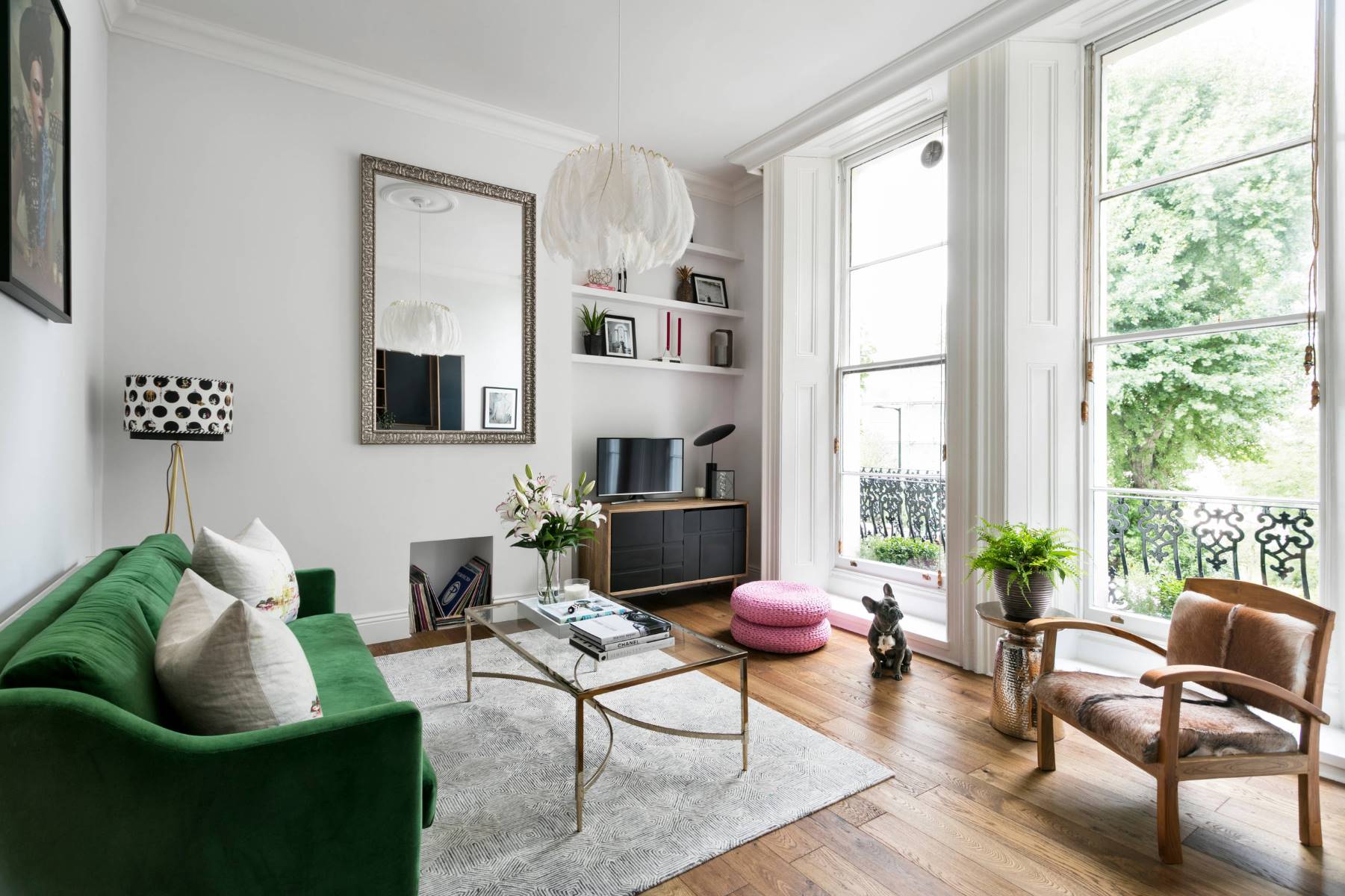

Ideas and Tips
How To Choose The Right Paint Colors For A North-Facing Room
Modified: November 2, 2024
Discover the best paint colors for north-facing rooms to create a warm, inviting space. Learn tips and tricks to counteract cool light and enhance your home.
(Many of the links in this article redirect to a specific reviewed product. Your purchase of these products through affiliate links helps to generate commission for Storables.com, at no extra cost. Learn more)
Introduction
North-facing rooms often have a reputation for being cold, gloomy, and dismal. The lack of direct sunlight can make these spaces feel less inviting and less energetic. However, with the right paint colors, you can transform your north-facing room into a cozy and inviting space. In this article, we will explore the best paint colors for north-facing rooms, how to choose them, and some professional tips to ensure your room feels warm and welcoming.
Understanding North-Facing Rooms
North-facing rooms receive less direct sunlight compared to south-facing rooms. This means that the light entering these rooms is cooler and often has a blue or gray undertone. The consistent but less intense light can make colors appear darker and duller, which is why choosing the right paint color is crucial.
The Challenge of Cool Light
The cool light in north-facing rooms can make colors look flat and uninviting. For example, a brilliant white paint may contain no warm pigments, which means it will reflect back the cold light without adding any warmth to the room. This can result in a chilly and soulless atmosphere, which is not what you want for your home.
Choosing Warm and Inviting Colors
To counteract the cool light in north-facing rooms, you need to choose paint colors with warm undertones. These colors will help to balance out the cooler light and create a cozy ambiance. Here are some of the best paint colors for north-facing rooms:
Warm Neutrals
Warm neutrals are a reliable choice for north-facing rooms as they impart a cozy and inviting ambiance. These colors include:
- Creamy White: A creamy white, such as ivory or off-white, can create a soft backdrop that reflects light without feeling stark.
- Beige Tones: Beige tones offer a hint of warmth while maintaining a neutral palette.
- Warm Gray: A warm gray can add depth and coziness to the room without making it feel cold.
Soft Blues and Greens
Soft blues and greens with warm undertones can bring a sense of calmness to north-facing rooms without making them feel cold. These colors include:
- Light Sky Blue: A light sky blue with a touch of warm gray can mimic natural light and enhance the room’s luminosity.
- Sage Green: Sage, with its earthy yet light presence, adds a touch of nature and serenity.
Vibrant Yellows and Reds
Vibrant yellows and reds can introduce energy and warmth, making the space feel more inviting and offsetting the lack of sunlight. These colors include:
- Sunshine Yellow: A muted sunshine yellow can brighten up the room without overwhelming it.
- Warm Red: A subdued, warm red, like terracotta, brings in a cozy glow.
Professional Tips for Painting North-Facing Rooms
Choose the Right Hue
For north-facing rooms, which often receive less direct sunlight, selecting lighter hues can help brighten the space. Shades like soft blue, gentle gray, or creamy white can reflect the available light and make the room feel more inviting.
Embrace Warm Tones
To counter the cooler light in north-facing rooms, it’s recommended to incorporate warm-toned paints. Colors such as peach, buttery yellow, or soft pink can create a cozy atmosphere by adding a perceived warmth to the room.
Test Paint Samples
Before making a final decision, it’s best to test paint colors on large sections of the wall at different times of the day. This approach enables observation of how the paint interacts with the natural light, ensuring the chosen color provides the desired effect all day.
Finish Matters
The finish of the paint can greatly affect the overall feel of the room. A matte finish can soften the walls, while a satin or eggshell finish will reflect more light and add a subtle glow to the space.
Consider the Room’s Purpose
When choosing a paint color, one should also consider the function of the room. For example:
- A bedroom might benefit from calming colors such as light lavenders or silky greens.
- A study might suit more saturated tones that inspire focus and creativity.
- A living room could use creamy white for a soft backdrop.
Reflective Accessories
In addition to paint, incorporating reflective accessories like mirrors or metallic finishes can help bounce light around the room, further enhancing the chosen paint color’s effect. This is particularly useful in north-facing rooms where natural light is limited.
Case Studies and Examples
Example 1: Lick Greige 02
Lick Greige 02 is a warm grey beige with a hint of green undertone. This color is neutral and light but adds depth and cosiness to your north-facing room. It’s an excellent choice for those who want a subtle yet effective way to warm up their space.
Example 2: Farrow and Ball Railings No. 31
Farrow and Ball Railings No. 31 is a dramatic and enveloping color with bronze undertones. This dark shade is perfect for creating a cozy atmosphere in a north-facing room. The bronze undertones make the color warm and alive rather than flat and dull.
Example 3: Earthborn Flowerpot
Earthborn Flowerpot is a warm terracotta color reminiscent of Mediterranean holidays. This vibrant yet earthy tone can give your north-facing room a welcome uplift, making it feel more inviting and energetic.
Common Mistakes to Avoid
- Painting with Cool Colors: Avoid painting your north-facing room with cool colors like blue, green, or purple as they can make the room feel doubly chilly.
- Using White Paint: While white paint might seem like an obvious choice for brightening up a room, it can actually make a north-facing room feel chilly and soulless due to its lack of warm pigments.
- Not Testing Colors: Failing to test paint samples before making a final decision can lead to choosing a color that looks great in theory but not in practice.
Conclusion
Selecting the ideal color for a north-facing room is essential for creating the desired ambiance and maximizing the natural light available. By choosing light, reflective hues with warm undertones, you can counteract the cooler light and give your room an inviting glow. Remember to test your paint samples at different times of the day and consider both the finish and purpose of the room when making your decision.
By following these tips and examples, you can turn your north-facing room into a cozy and welcoming space that feels warm and inviting all year round.
Additional Resources
For more in-depth color details and inspiration, consider visiting the following resources:
- The Living House: Offers interior design tips including choosing the best paint colors for north-facing rooms.
- Kylieminteriors.ca: Provides comprehensive guides on how exposure and natural light affect paint colors.
- Daraagrussdesign.com: Offers professional tips for enhancing light with shades and colors in north-facing rooms.
By combining these resources with the tips outlined above, you'll be well-equipped to choose the perfect paint color for your north-facing room.
Was this page helpful?
At Storables.com, we guarantee accurate and reliable information. Our content, validated by Expert Board Contributors, is crafted following stringent Editorial Policies. We're committed to providing you with well-researched, expert-backed insights for all your informational needs.
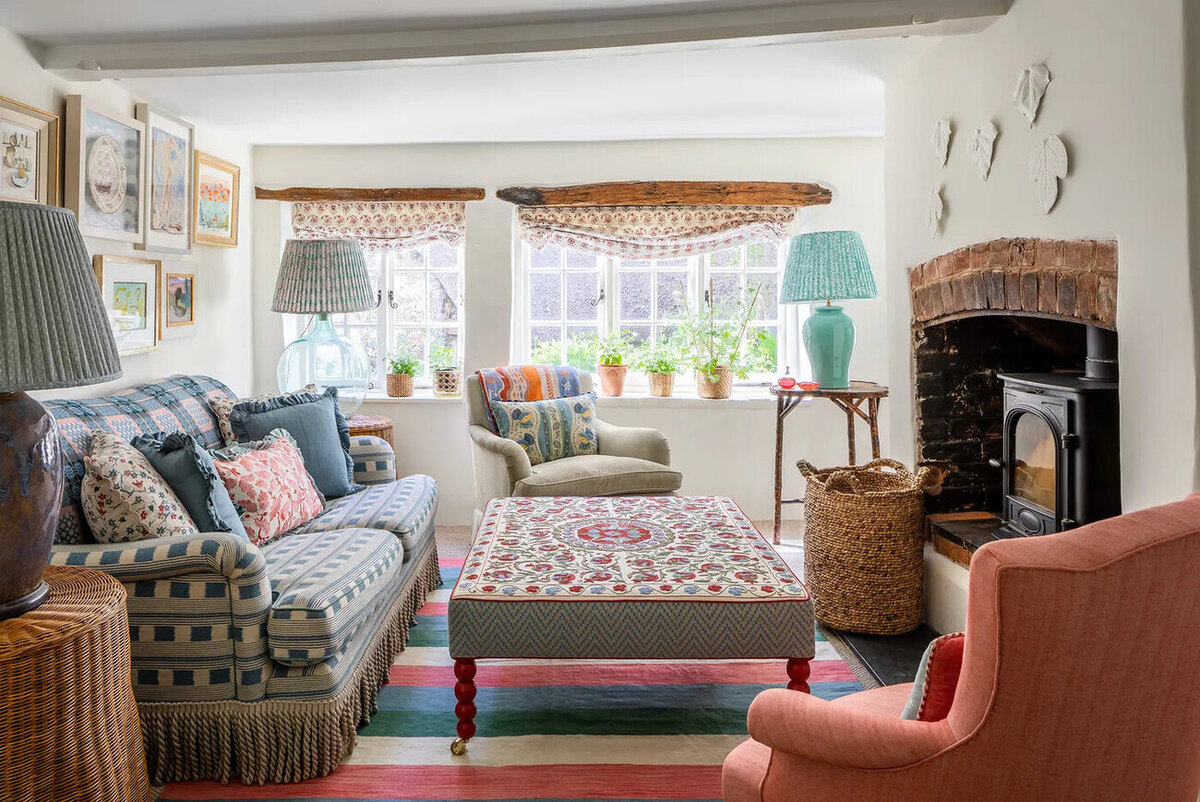
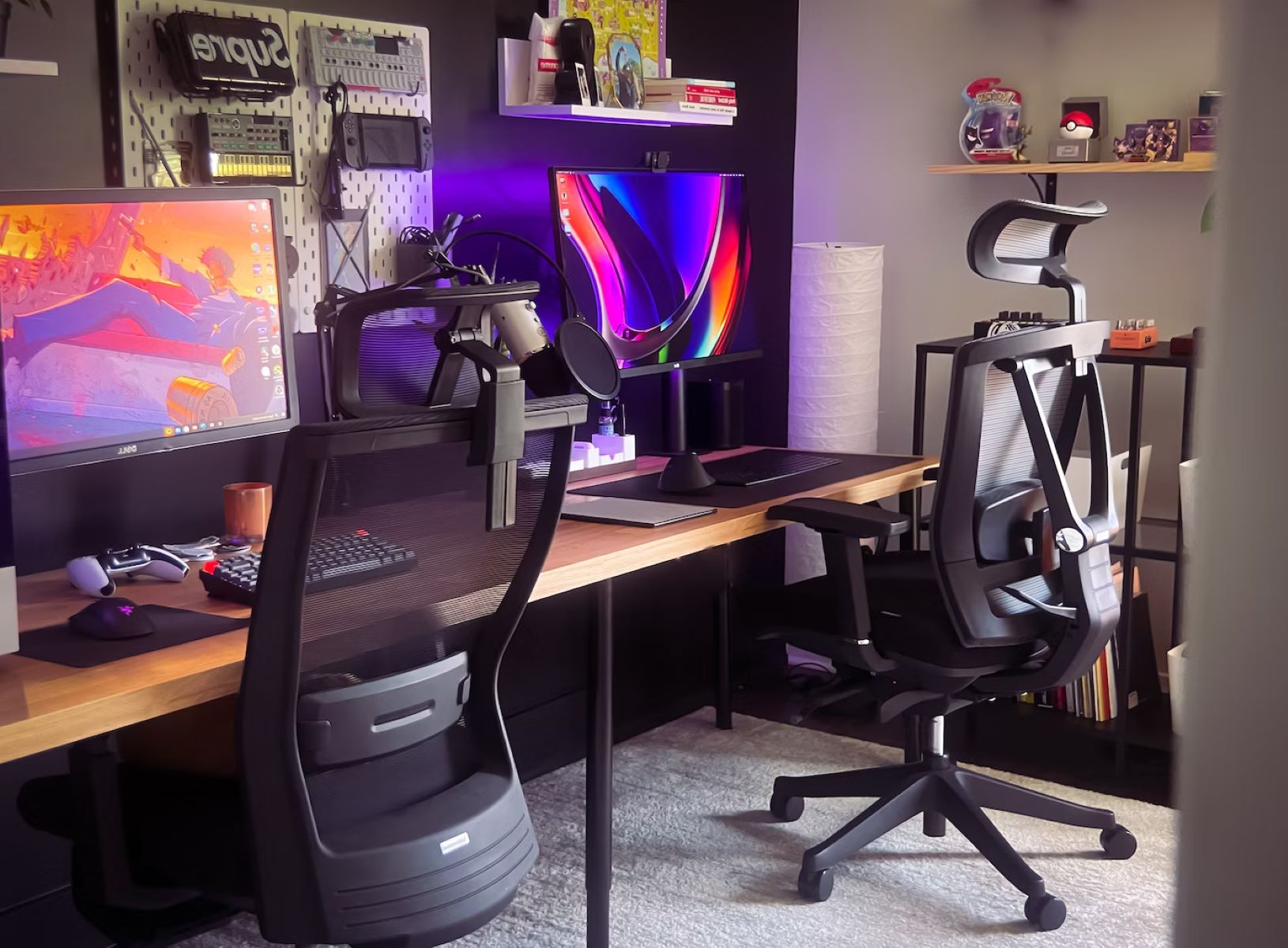
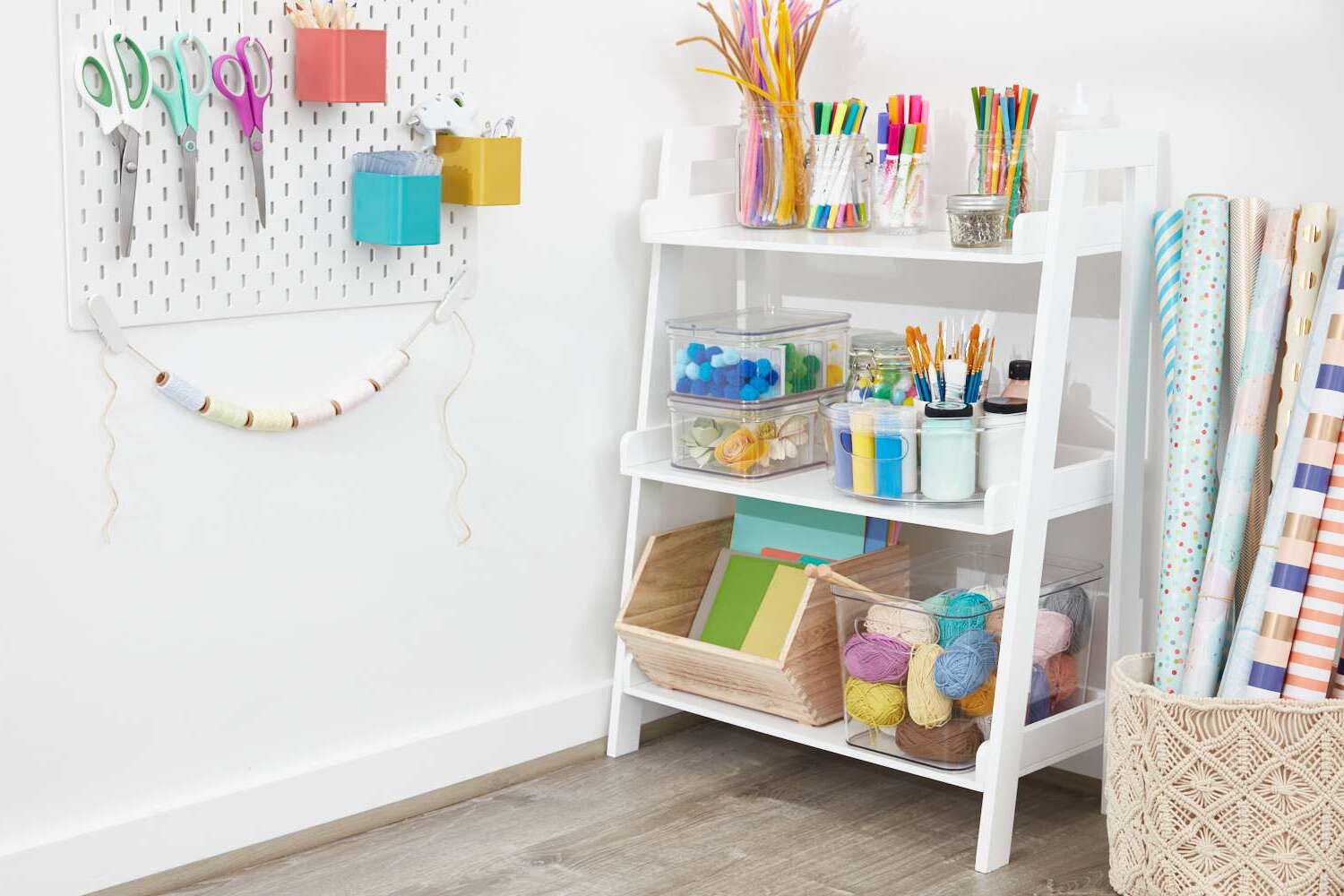
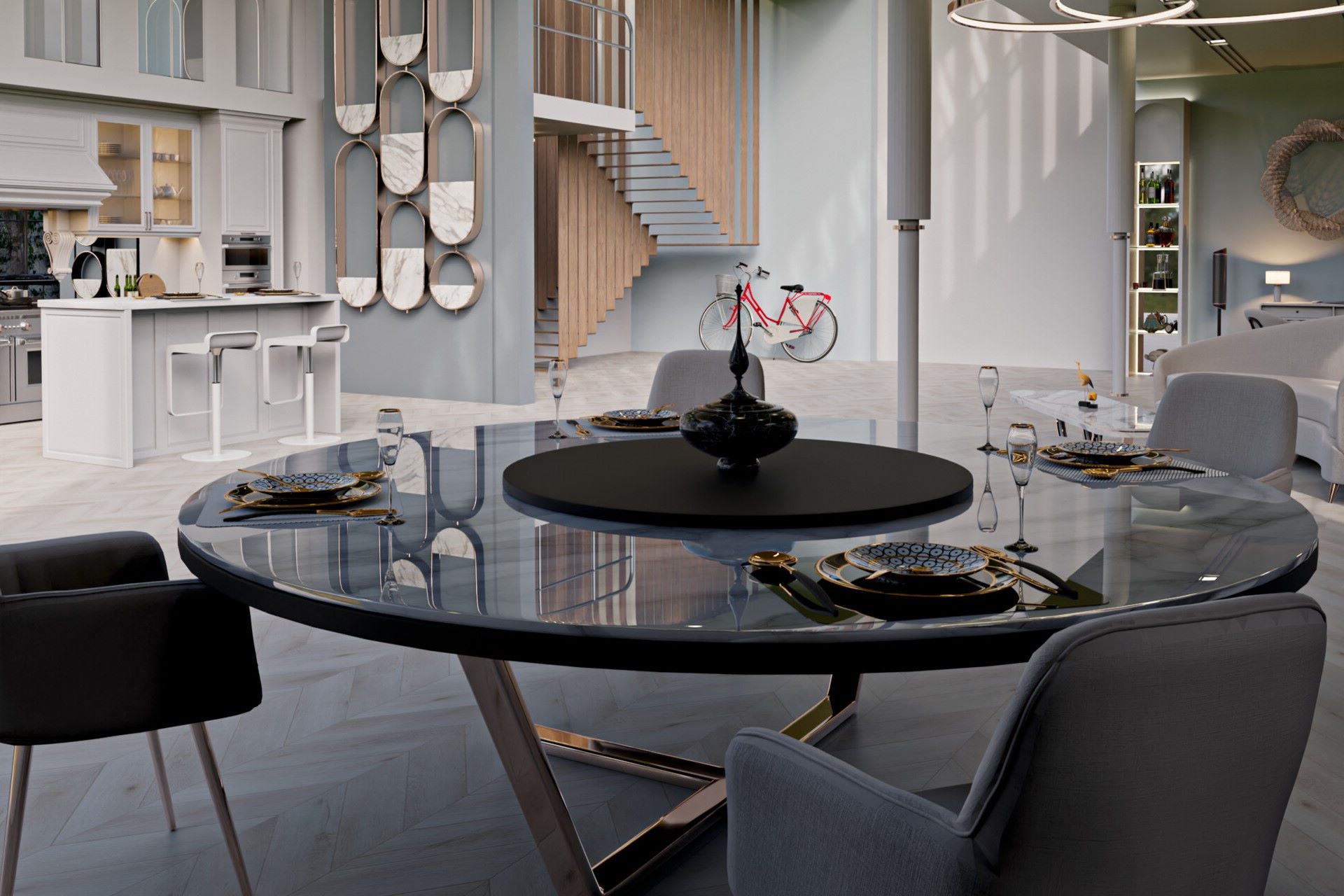
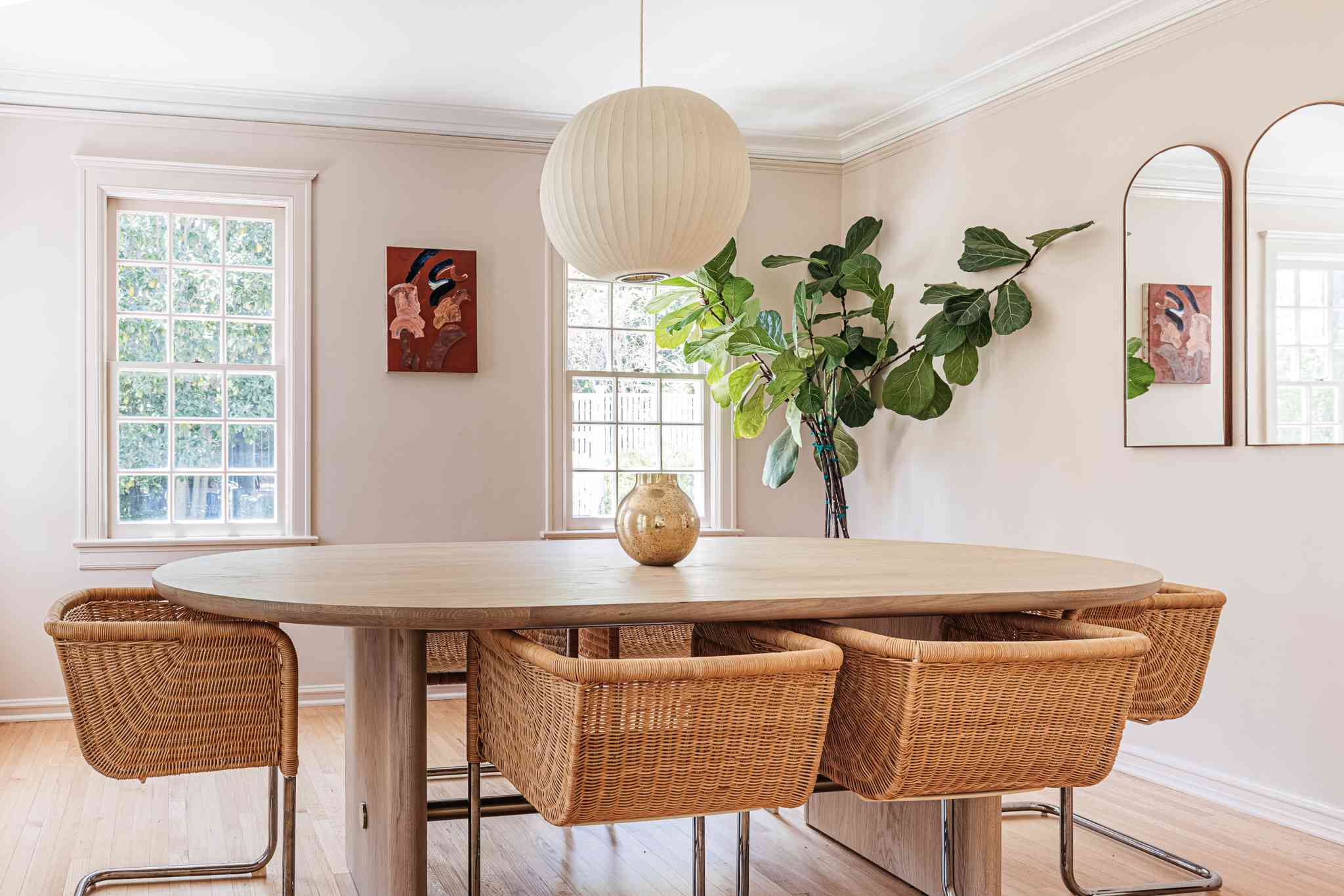
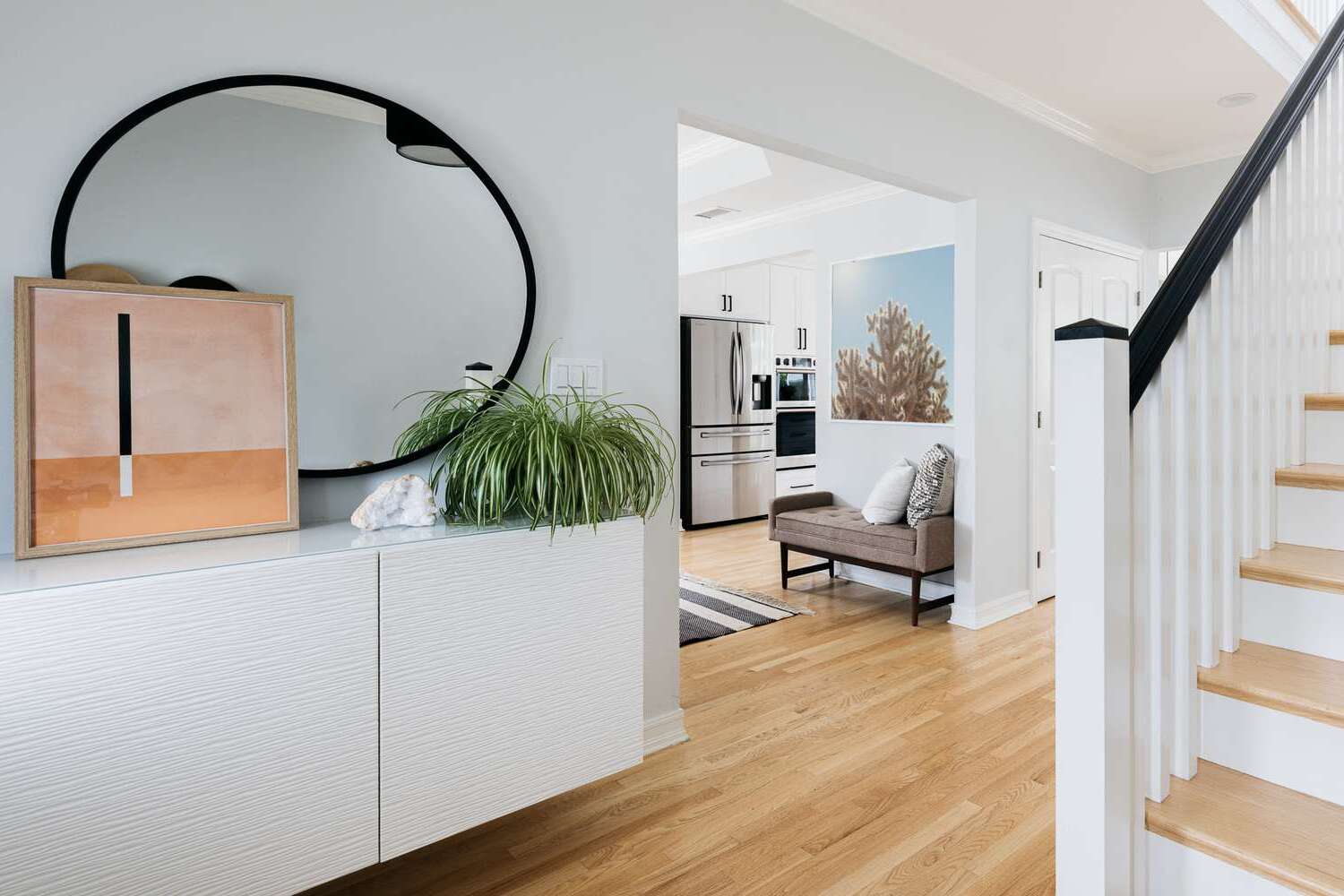
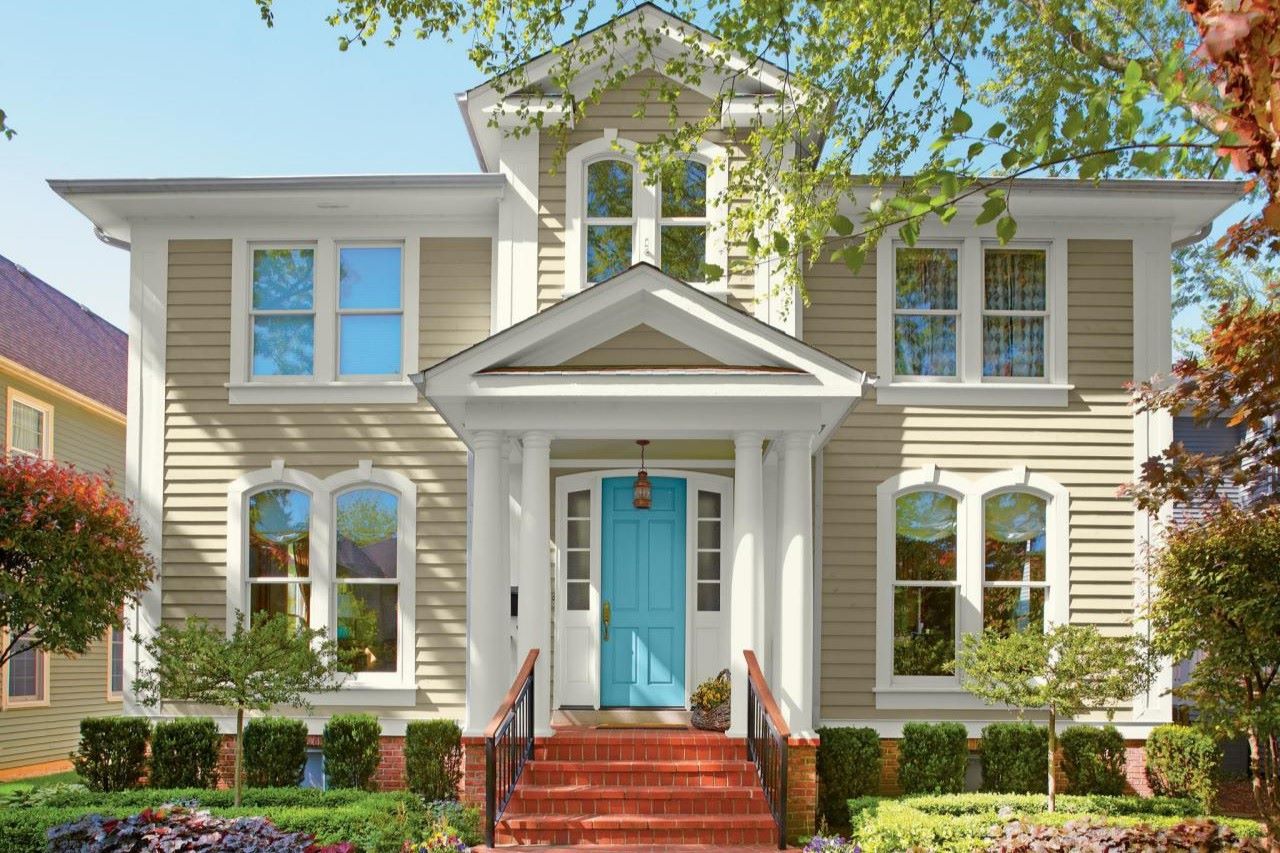
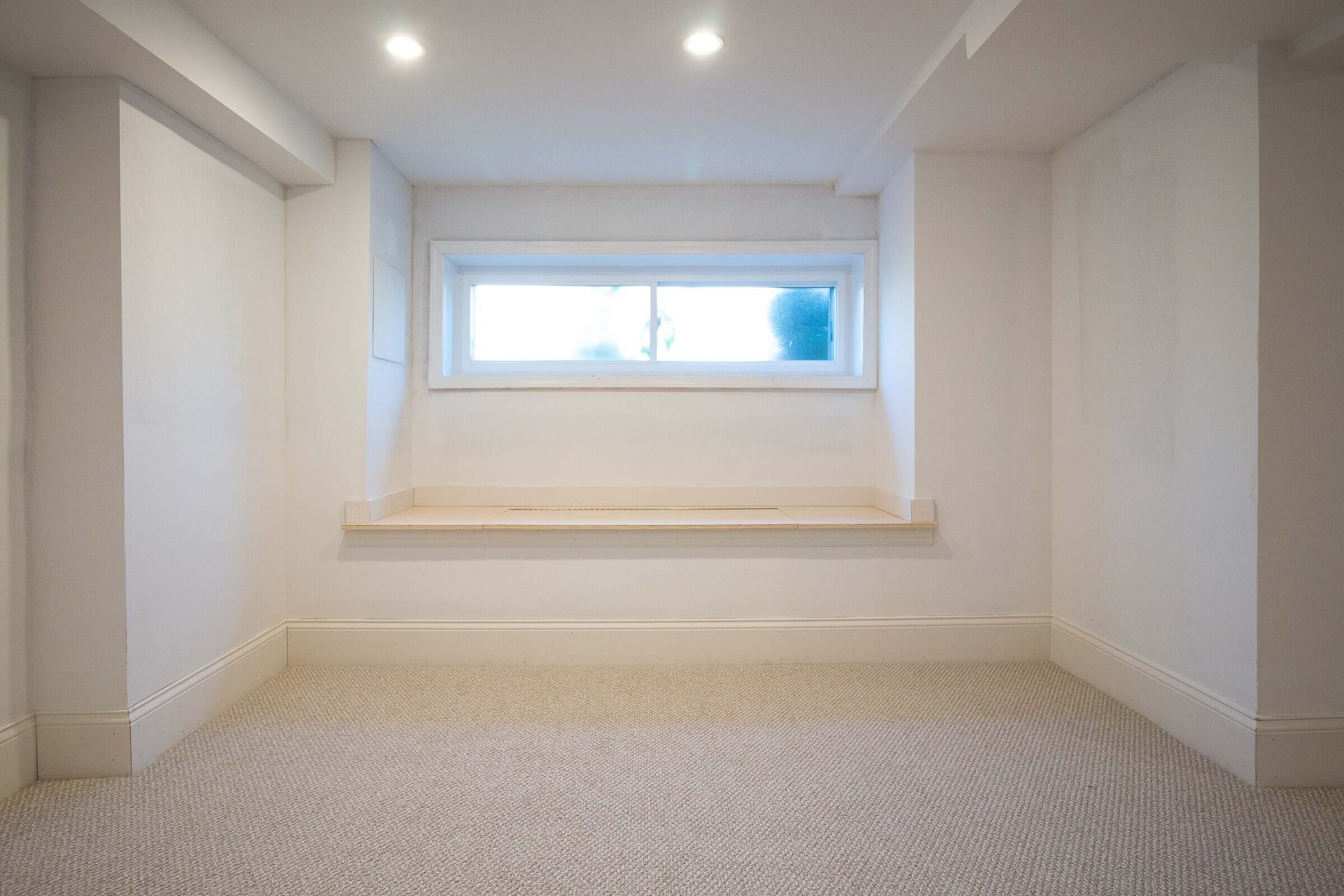
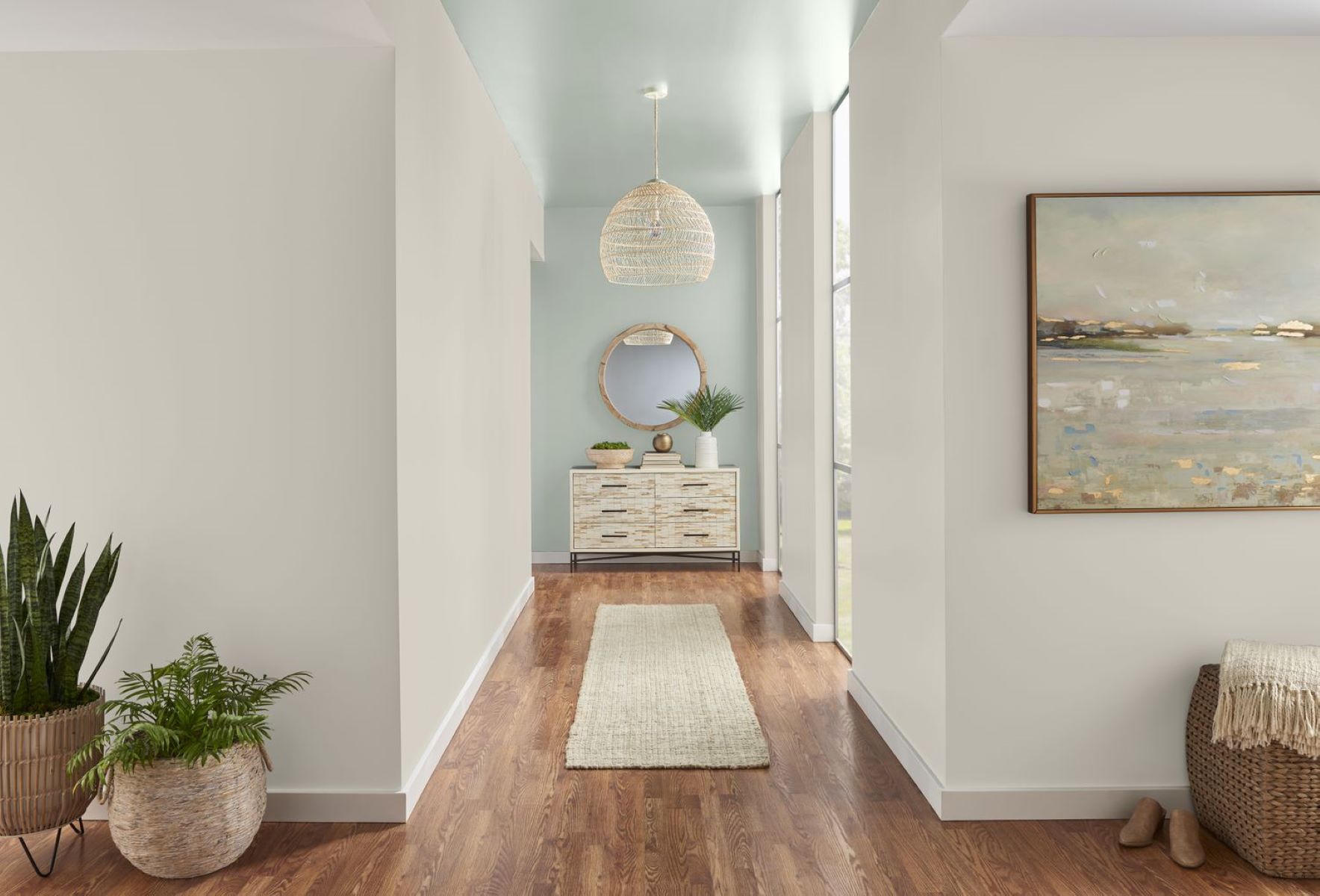
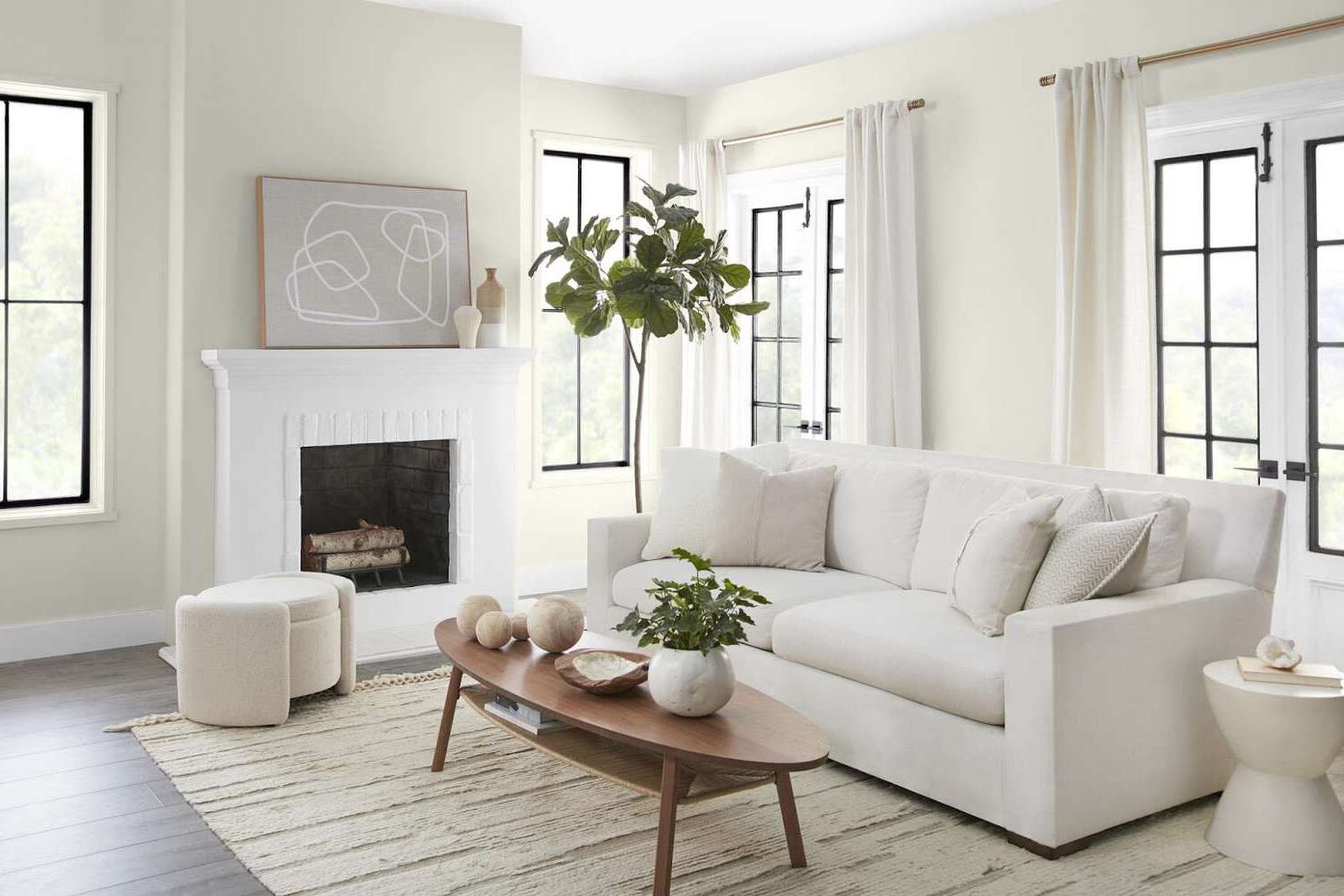
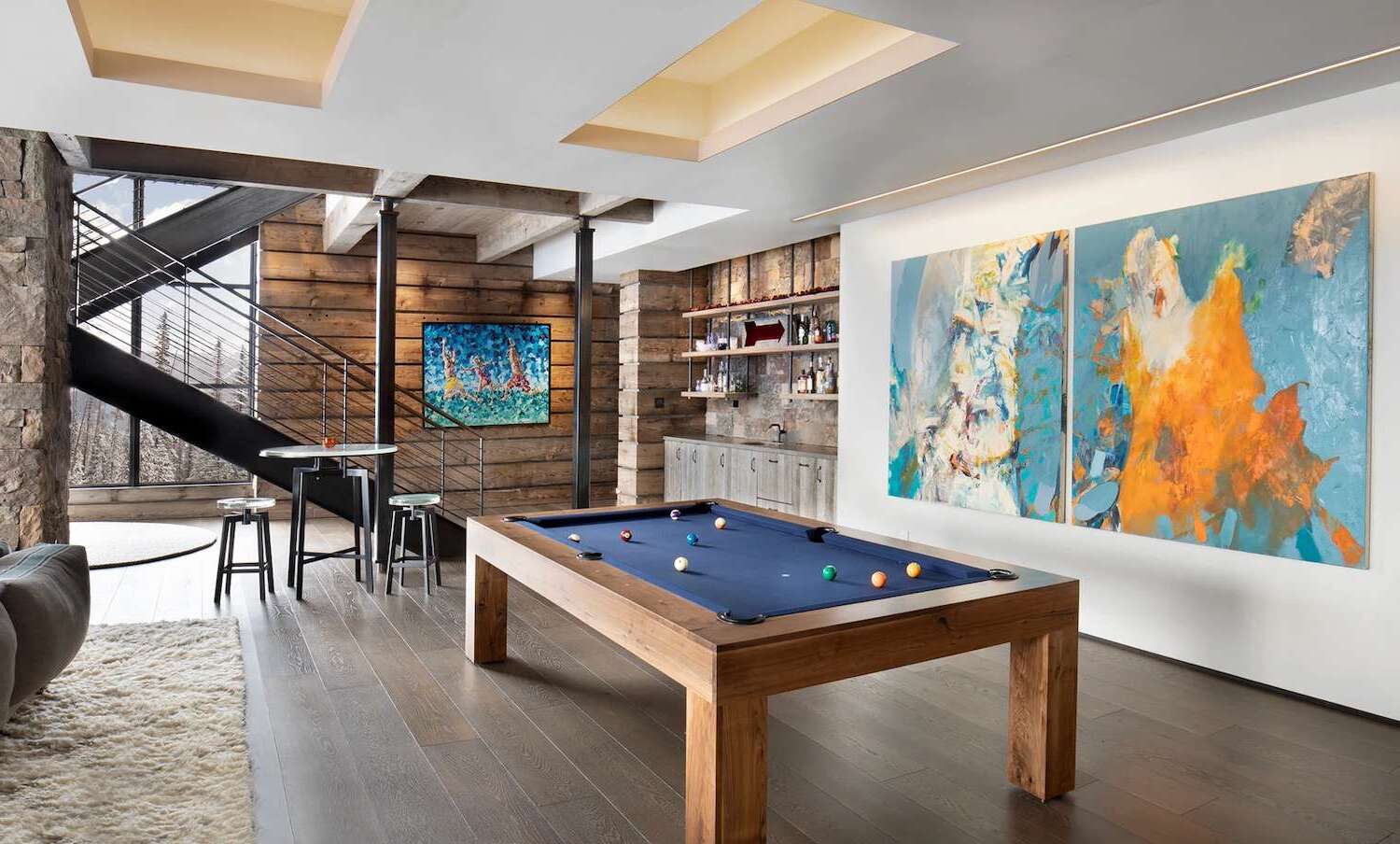

0 thoughts on “How To Choose The Right Paint Colors For A North-Facing Room”